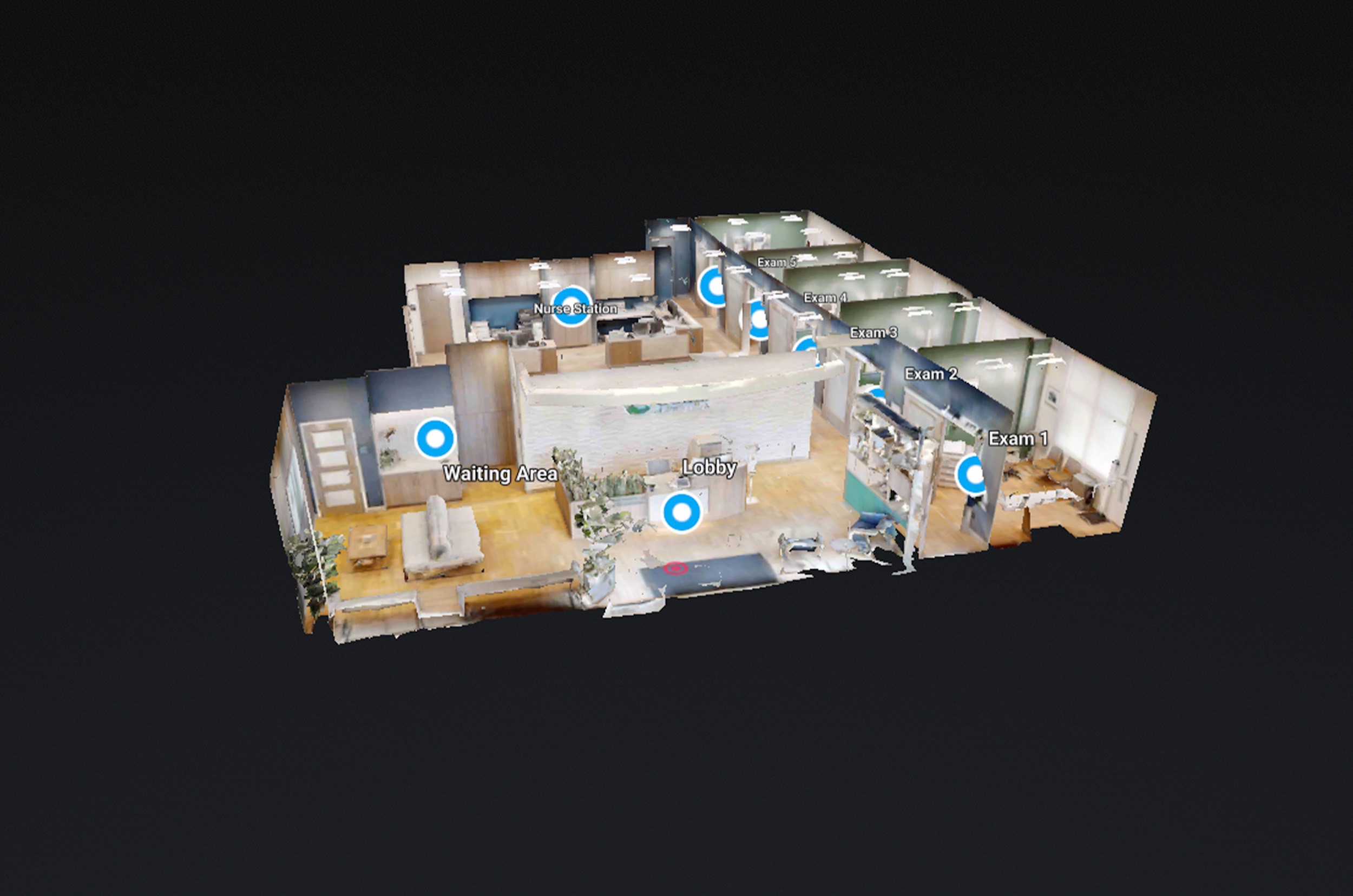In an era where technology and innovation intersect, the event planning industry is experiencing a revolutionary transformation with the advent of 360 virtual tours. These immersive, interactive experiences are redefining how event spaces are showcased, planned, and marketed.
By offering a virtual walkthrough, event planners, clients, and attendees can explore and interact with venues from anywhere in the world, ensuring the space meets their exact needs. This blog delves into the innovative use of 360 virtual tours in event spaces, offering fresh insights and actionable advice to elevate your event planning game.
The Virtual Advantage:
360 virtual tours provide a comprehensive view of event spaces, enabling planners and clients to visualize the venue layout, design, and ambiance without physically being there. This is particularly advantageous for international events or clients who are unable to visit the venue due to distance or time constraints. With high-definition imagery and interactive features, virtual tours allow for a detailed inspection of the space, ensuring it aligns with the event’s theme, size, and technical requirements.
Enhancing Customization and Planning:
One of the new frontiers in using 360 virtual tours is the integration of customization tools. Planners can now experiment with different layouts, decorations, and setups within the virtual space. This dynamic planning process allows for a trial-and-error approach without incurring the costs or time associated with physical setups. By visualizing different configurations and designs, planners can make informed decisions, fostering creativity and precision in event design.
Interactive Engagement:
Beyond mere visualization, modern 360 virtual tours are becoming increasingly interactive. Potential clients can click on specific areas of the space to learn more about the features, dimensions, or available technology. This interactive element extends to the booking process as well; viewers can select and book specific rooms or areas directly through the virtual tour interface. By engaging clients in this interactive experience, event spaces can enhance client satisfaction and streamline the booking process.
Marketing and Accessibility:
360 virtual tours are not only a planning tool but also a powerful marketing asset. By embedding these tours on their websites, event spaces can showcase their venue to a global audience 24/7. This constant accessibility increases the venue’s exposure and attracts a wider range of clients. Additionally, integrating these tours with social media platforms and online listings can further amplify reach, enticing potential clients with immersive previews of what the venue has to offer.
Sustainability and Efficiency:
The adoption of virtual tours contributes to sustainability and efficiency in the event industry. By reducing the need for physical site visits, event spaces and planners can significantly cut down on travel-related carbon emissions. Moreover, the efficiency of virtual tours allows for quicker decision-making and reduces the time spent on preliminary venue inspections, leading to a more streamlined planning process.
Bridging the Gap with Real-Time Interaction:
To bridge the gap between virtual and physical experiences, some venues are offering live-guided virtual tours. In these sessions, a representative navigates the virtual space in real-time, answering questions and providing additional information as requested by the client. This real-time interaction adds a personal touch to the virtual experience, building trust and rapport between the venue and potential clients.
Future of Event Planning:
As technology continues to evolve, so too will the capabilities and applications of 360 virtual tours. Future advancements may include virtual reality (VR) integration, allowing users to have an even more immersive experience by exploring the venue through a VR headset. As 360 virtual tours become more sophisticated, they will undoubtedly become an indispensable tool in the event planner’s toolkit, offering unparalleled convenience, creativity, and customer engagement.
Conclusion:
360 virtual tours are reshaping the landscape of event planning and venue showcasing. By providing an immersive, interactive, and convenient way to explore event spaces, these virtual experiences offer numerous benefits, including enhanced customization, efficient planning, and broader marketing reach.
As we look to the future, the continued innovation and integration of virtual tours in the event industry promise to make event planning more dynamic, accessible, and sustainable. Embracing this technology not only sets the stage for successful events but also positions planners and venues at the forefront of the digital transformation in event management.







